Advertisement
In the fast-paced world of 2025, OpenAI is transforming how businesses operate, communicate, and innovate. Known for its powerful language models like ChatGPT, OpenAI delivers AI tools that boost productivity, reduce costs, and streamline decision-making. From automating customer service to generating insightful reports and enhancing team collaboration, OpenAI's business applications are diverse and impactful.
Its intuitive interface and API integration make it accessible across industries—whether you're in finance, marketing, retail, or healthcare. Organizations that adopt this technology gain a competitive edge in customer engagement. In this article, we explore OpenAI's top features, benefits, and use cases so you can decide where it fits into your strategy.
OpenAI is an artificial intelligence research and deployment company for developing advanced AI models like GPT (Generative Pre-trained Transformer) and Codex. These models understand and generate human-like text, perform complex tasks, and solve problems with minimal input. GPT-4, its latest iteration, powers platforms like ChatGPT and has been integrated into business tools, including Microsoft Copilot and customer service platforms.
For businesses, OpenAI means faster, more innovative processes. The models learn from massive datasets and can mimic human reasoning to produce reports, write content, analyze data, answer questions, and more. This makes OpenAI a powerful assistant for teams across industries.
OpenAI's models come with several core features that make them valuable in business environments:
These features combine to deliver a highly intelligent, responsive tool for customer service, HR, finance, sales, and more.
Integrating OpenAI into your operations delivers numerous advantages:
These benefits create a more agile, scalable business model that adapts faster to market changes and internal needs.
Businesses are using OpenAI across various departments and industries. Below are the top use cases with examples:
Companies deploy ChatGPT to handle FAQs, refund requests, and account queries across chat, email, and social media. It works 24/7 and understands tone, reducing wait times and improving user satisfaction.
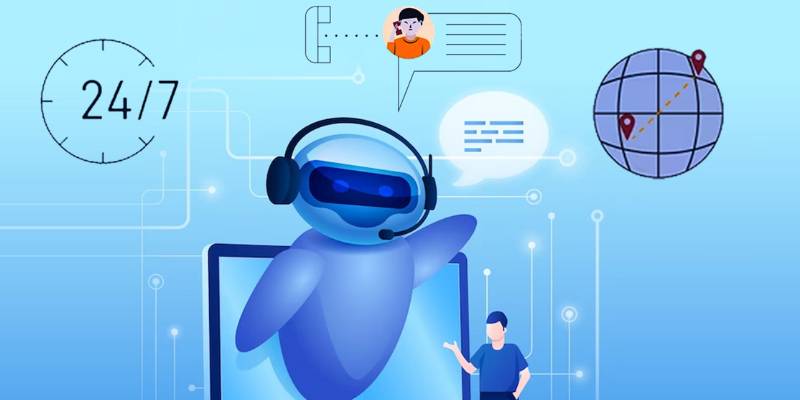
Marketing teams use OpenAI to create SEO-optimized blog posts, social captions, ad copy, and newsletters. It also assists in A/B testing content variations to determine what resonates best with the target audience.
Finance departments utilize it to draft reports, summarize budgets, and analyze data patterns. It converts raw data into human-readable insights with visual dashboards and predictions.
Sales reps use OpenAI to personalize outreach emails, follow-ups, and proposals based on CRM data. It helps tailor messages for each prospect, improving conversion rates.
HR teams automate resume screening, draft job descriptions, and provide onboarding support. Candidates get AI-driven responses, improving hiring efficiency and candidate experience.
Developers use OpenAI to brainstorm features, simulate customer feedback, and analyze competitor reviews to inform product enhancements.
These use cases demonstrate OpenAI's versatility—from back-office automation to customer-facing excellence.
OpenAI is being adopted in several tangible ways across industries:

Each application results in time and resource savings while increasing quality and consistency.
OpenAI is more than just a tech innovation—it's a transformative business tool. With features like natural language understanding, automated content creation, and smart analytics, it will help businesses of all sizes improve performance, reduce costs, and gain a competitive edge in 2025. From customer service to HR to finance, the use cases are limitless.
By carefully selecting use cases, training the model with relevant data, and monitoring outputs, your business can harness AI's full potential. If you're ready to boost efficiency and lead in your market, then explore how OpenAI can power your business forward.
Advertisement

How to use permutation and combination in Python to solve real-world problems with simple, practical examples. Explore the built-in tools and apply them in coding without complex math

Curious about Vicuna vs Alpaca? This guide compares two open-source LLMs to help you choose the better fit for chat applications, instruction tasks, and real-world use

Discover the top data science leaders to follow in 2025. These voices—from educators to machine learning experts—shape how real-world AI and data projects are built and scaled
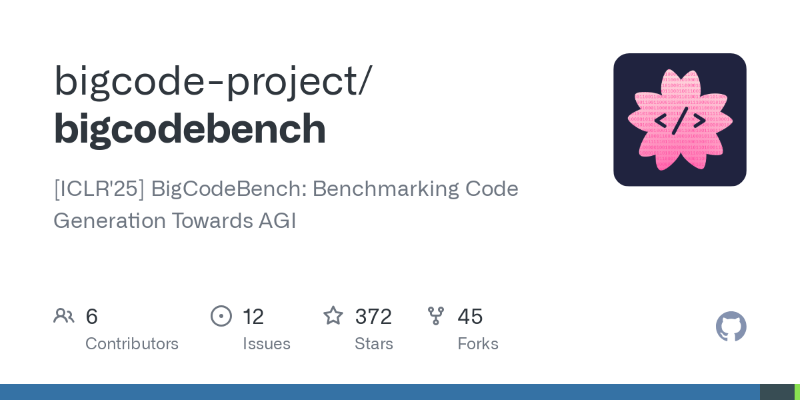
What makes BigCodeBench stand out from HumanEval? Explore how this new coding benchmark challenges models with complex, real-world tasks and modern evaluation
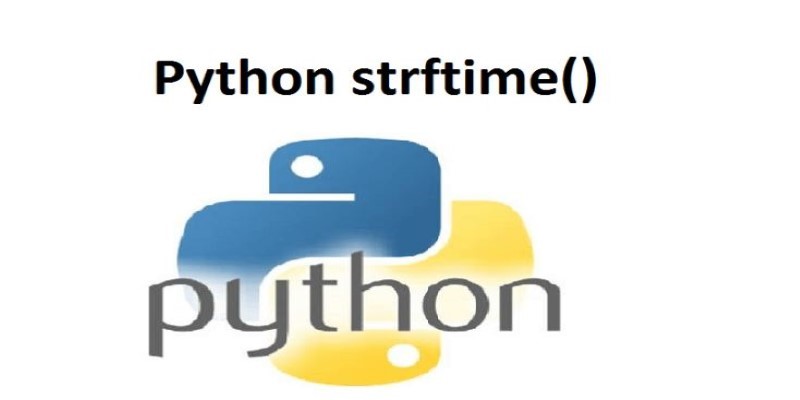
Explore the Python strftime() function and how it helps convert datetime objects into formatted strings. Learn common usage, tips, and avoid pitfalls in this detailed guide

Google debuts new tools and an agent protocol to simplify the creation and management of AI-powered agents.

IBM AI agents boost efficiency and customer service by automating tasks and delivering fast, accurate support.

Gemma 3 mirrors DSLMs in offering higher value than LLMs by being faster, smaller, and more deployment-ready
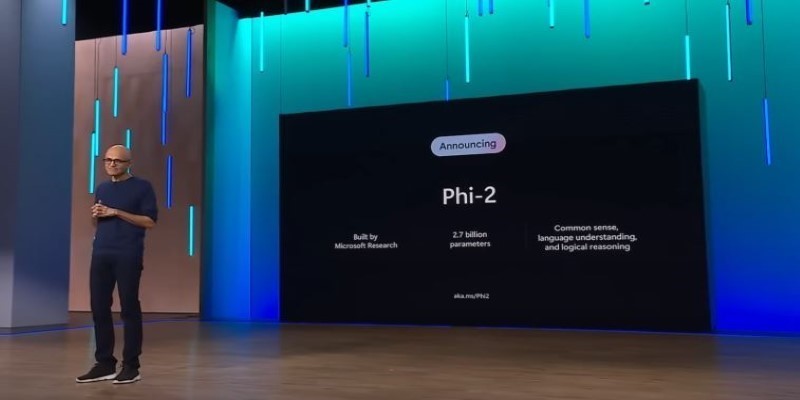
How Phi-2 is changing the landscape of language models with compact brilliance, offering high performance without large-scale infrastructure or excessive parameter counts

Samsung launches world’s smartest AI phone with the new Galaxy S24 series, bringing real-time translation, smart photography, and on-device AI that adapts to your daily routine
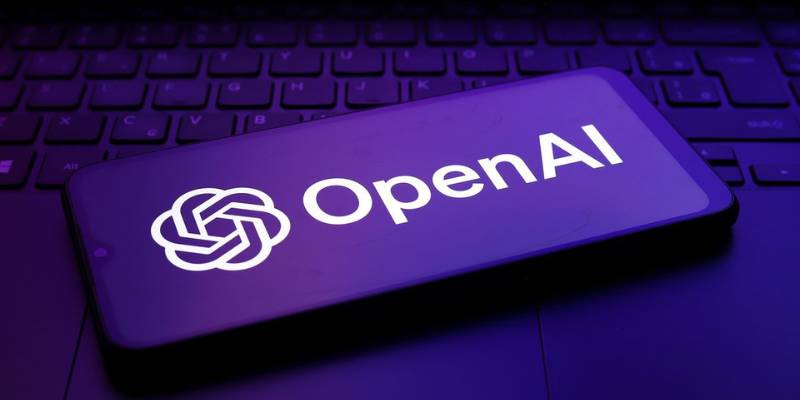
Discover OpenAI's key features, benefits, applications, and use cases for businesses to boost productivity and innovation.

How the open-source BI tool Metabase helps teams simplify data analysis and reporting through easy data visualization and analytics—without needing technical skills